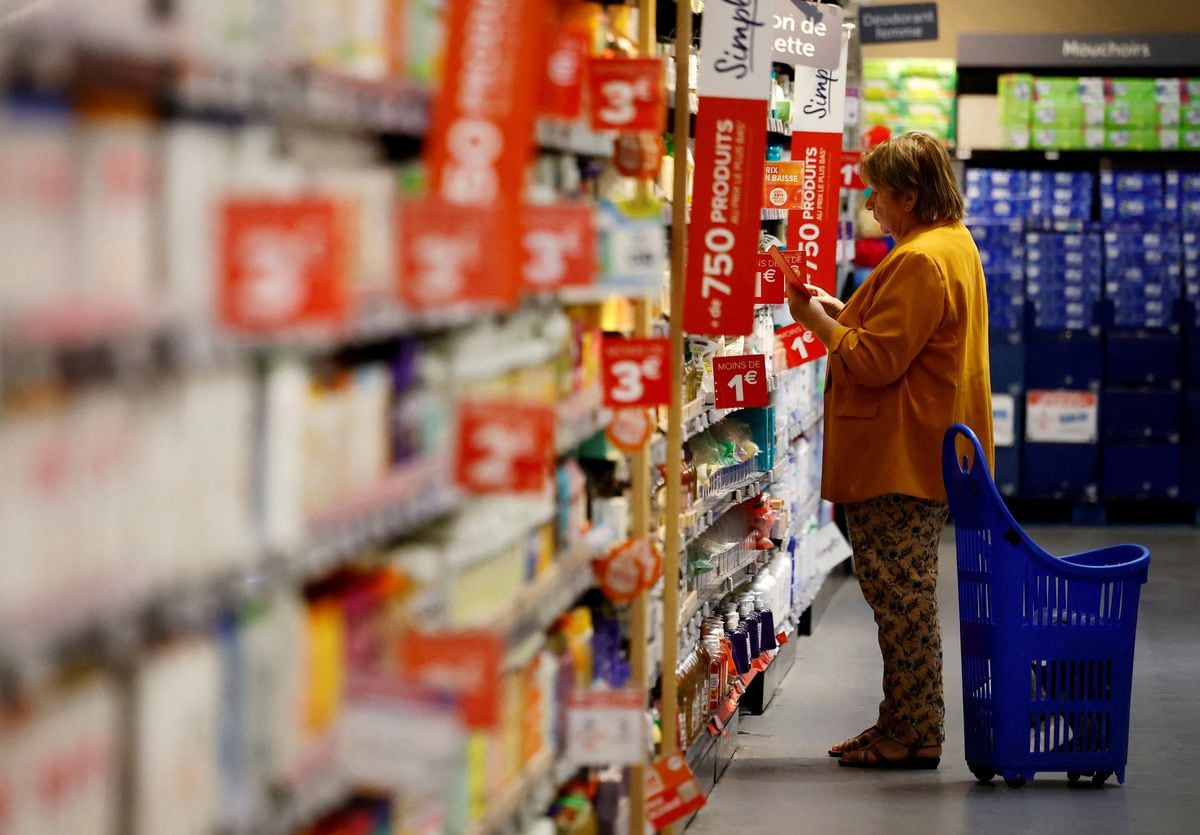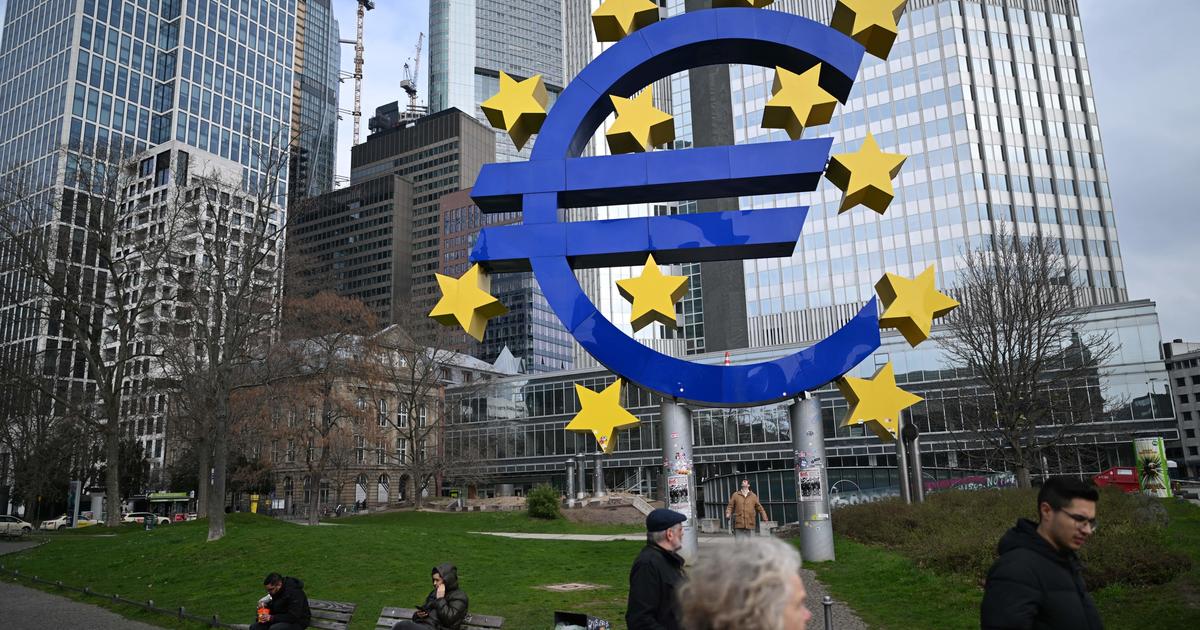A user shows his bill next to the electricity meter at his home in Madrid, in a file photo.Víctor Sainz
Inflation in the euro zone stood at 2.2% in July, its highest level since October 2018 and three tenths above the June figure.
As reported by Eurostat this Wednesday, energy, which is making the electricity bill of millions of citizens across the continent more expensive to historic heights and causing them to scratch their pockets to fill the tank of their vehicles - gasoline lives the longest August expensive since 2013—, is the main culprit of the increase in prices in the Nineteen, followed by food, alcohol and tobacco, services and non-industrial goods.
More information
The strong exit from the crisis feeds the fear of a wave of inflation
Inflation returns to the pools
For the first time since setting its new inflation target at 2%, the European Central Bank thus sees how prices exceed that threshold, although after this shift towards greater flexibility it does not seem that that will change much. The entity has already announced that it will tolerate temporary price increases of over 2% without moving a tab in its stimulus programs. And Frankfurt still firmly believes that the climbs are a transitory phenomenon.
The figure from the European statistical agency shows joint inflation, but as is often the case in uneven Europe, the rates of the members of the single currency are very different. Five eastern countries - Estonia, Hungary, Poland, Romania and Lithuania - have the highest rates, between 3.8% and 4.9%. And four from the South —Malta, Greece, Italy and Portugal— keep prices contained between 0.3% and 1.1%. Unlike its southern partners, inflation in Spain, one of the countries with the most expensive electricity, far exceeds the euro area average, with prices at 2.9%. And the battery of records that the amount of electricity has continued to break in August suggests that Spain will hardly reduce this indicator when the next data is published.
The numbers are, however, highly influenced by the comparison with 2020, when the restrictions due to the pandemic were greater and affected prices more strongly. The euro zone came to chain five months of negative inflation in the last part of that year, but so far in 2021 it has always remained positive. Factors such as the rise in the price of oil and electricity, the continuity of fiscal and monetary stimuli, the increase in shipping costs due to traffic jams in ports and factories, and problems in supply chains due to the combination of outbreaks of the economy. The delta variant and the high global demand for the discharging of the savings accumulated during the pandemic are pushing prices up. But nevertheless,A good part of the experts believe that the margin for inflation to accentuate in 2022 is small.
Despite the advance, inflation in the euro zone is still far from that of the US (5.4%). With GDP levels prior to the pandemic already recovered, and unemployment contained, the Federal Reserve is considering starting to combat the rise in prices with a withdrawal of monetary stimulus that could begin this year. This same Wednesday the British Office for National Statistics also reported that inflation in the United Kingdom slowed from 2.5% to 2%. The slowdown, even as second-hand cars continue to become more expensive in the midst of the crisis of lack of chips, has been greater than expected due to the fall in the price of clothing, footwear and leisure items, but it is expected to be only a truce before new rises. James Smith, Economist at ING,augurs that it is "the calm before the storm" and the pause may be related to the comparison with July last year, when the government of Boris Johnson eased the restrictions.

/cloudfront-eu-central-1.images.arcpublishing.com/prisa/O4KZYNBPQZHWBKU57IGSELJ5MQ.jpg)






